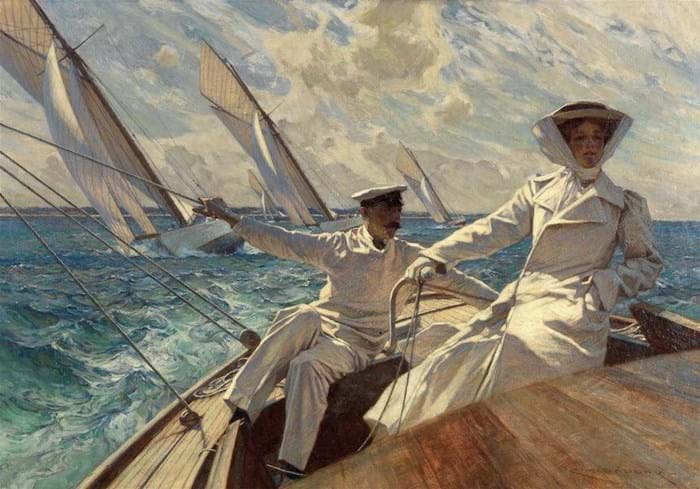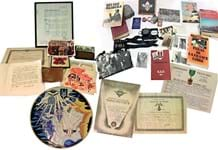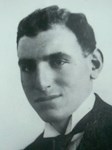However, the most important period in Portchester’s history as a prison was that of the French Revolutionary and Napoleonic wars of 1793-1815. It was one of 12 main prisoner-of-war depots in Britain and housed up to 8000 prisoners at any one time. The last prisoners left the castle in May 1814.
French PoWs famously created often highly detailed models, often of ships, to pass the time and of course to make money by selling them to prison visitors. They used scrap materials and although many are of wood, bone examples are prized.
This early 19th century bone model of HMS Victory, which was offered in the Marine Sale at Bonhams (28/27/21/14.5% buyer’s premium) on October 18 with an estimate of £40,000-60,000, was acquired by Joseph Mann (1761-1847) from PoWs housed in Portchester Castle. it then passed to his daughter, Ann Mann (1816-98) who married William Masterman Harris (1816-90) then came by descent to the present owner.
Included with this lot was a file containing facsimile copies of an early photograph of the model written in manuscript on the reverse The Victory made by French Prisoners in Portchester Castle, together with copies of the family tree and portrait photographs of Anne Harris, William Masterman Harris, and Frederick William Harris.
Housed in a modern glazed case, the highly detailed model itself measured 2ft 3in x 2ft 10in x 10in (69 x 86.5 x 25.5cm) and was described as ‘exceptionally fine’. It sold for £50,000.
Leading The Marine Sale at Bonhams October 18 at £85,000 (estimate £30,000-50,000) was this striking oil, Nearing the Mark by Charles Murray Padday (1868-1954).
The diagonal composition places the viewer on the helm of a racing yacht, looking back at its sailors and four rival vessels in its wake.
The painting stands out in another unmissable way. The subject sitting closest to the viewer, with one gloved hand on the tiller and the other on her hip, is a woman. Like her crewmate behind her, she is dressed entirely in white. Her broad-brimmed straw hat is bound in place by a length of cloth.
In his book Yachts on Canvas, James Taylor, a former curator at the National Maritime Museum in Greenwich, identifies both of them. He speculates that the woman is Constance Edwina Grosvenor, also known as Shelagh, Duchess of Westminster (1877-1970).
It is a decent guess, as she was one of only two women sailors among the 66 who participated in the sailing contests in the 1908 Olympics, which were hosted by the Royal Victoria Yacht Club at Cowes. While the canvas is undated, the dawn of its exhibition history places it at the Royal Academy in 1910, making Taylor’s identification wholly plausible.
Taylor suggested the man behind the duchess, serving as navigator, might be Major Sir Philip Hunloke (1868-1947). As a member of the crew of the Sorais, he won a bronze medal for sailing in the 1908 Olympics in the 8-metre class. Later, he would serve as Commodore of the Royal Yacht Club from 1943 until his death four years later.
According to Artprice, this is comfortably the highest price bid at auction for a picture by Padday.















